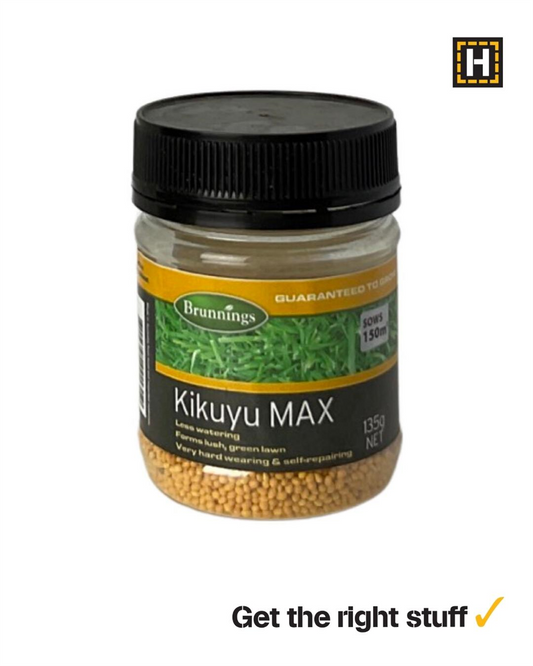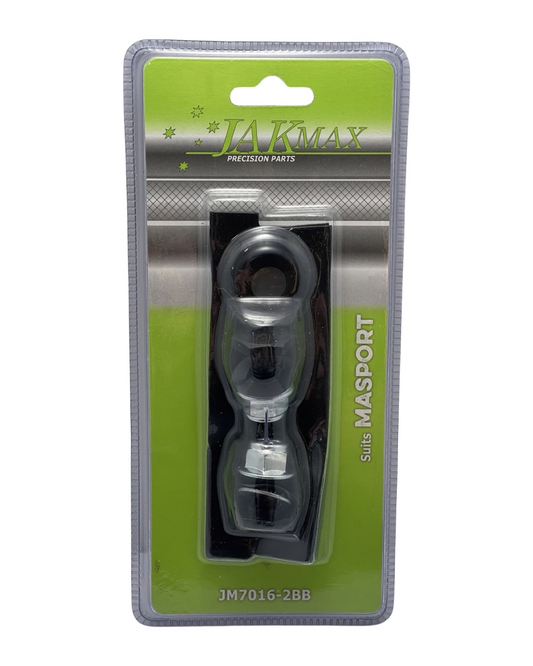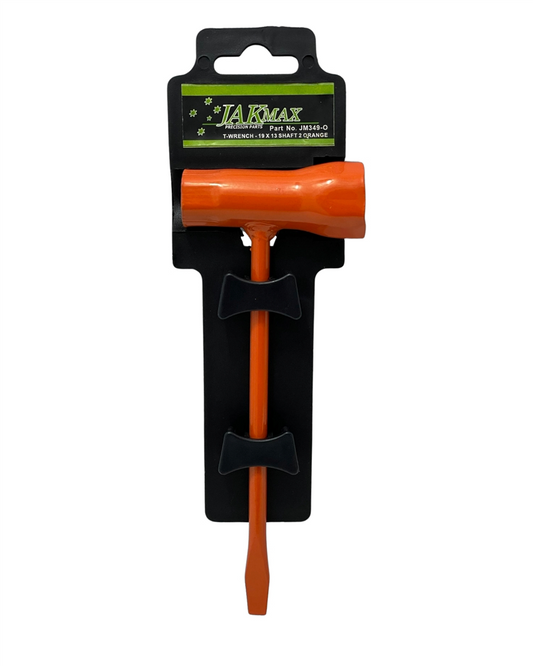Neutrog-backed gardens thrive… but are you feeding the pollinators working while you sleep?
Share
The tiny night-shift workers your garden can't live without
We talk a lot about bees here in Australia—funny little sun-chasers who buzz around tomatoes and lavender like they own the place. But while the bees are clocking off for their rest, something quietly magical is happening. Turns out, your garden doesn’t sleep. And the real MVPs? They don’t shine in the spotlight. They work in the dark.
Meet the pollinators wearing moonlight as their uniform
Fireflies, native moths like the Hawk Moth, beetles, and even small bats in some parts of the world take the graveyard shift in your garden. Their work? Pollination. Just like their day crew cousins, they collect nectar—and in doing so, pick up and spread pollen from flower to flower. This keeps your plants reproducing, fruiting, and thriving.
And it’s not just out in the wild bushlands. Right here in backyard veggie patches, these nocturnal visitors are lending a hand (or wing) to crops like:
- Zucchinis
- Melons
- Evening primrose
- Nicotiana and jasmine
Here’s a quick shift in perspective:
Used to grow big zucchinis only to get plenty of flowers and no fruit? That might be a pollination gap. And if you’ve focused all your feeding and watering efforts during the day—well, those night pollinators might’ve been left with empty plates.
Why they matter more than ever
"Pollinators are like the backup dancers of gardening. They don’t always get named, but the whole show falls apart without them." — Candeece from Strath H Garden Centre
In the current climate—literally—we’re noticing declines in the populations of many pollinator species. Habitat loss, artificial light, pesticides, and even the wrong garden choices can throw off their feeding patterns.
Nocturnal pollinators often get overlooked in the conversation, but their absence can mean:
- Fewer fruits and veg from night-pollinated varieties
- Reduced biodiversity in your soil and plant life
- Breakdowns in local eco-cycles that affect everything from worms to birds
And unlike the classic honeybee, many of these creatures are native. They’ve evolved alongside our local plants—which means they’re the perfect partner for South Australian species growing in your backyard.
What’s stopping them?
You might be surprised at how easy it is to accidentally discourage them:
- Outdoor lights left on overnight can confuse insects and interrupt their feeding routes.
- Pesticides may linger long after spraying, affecting not just pests but helpers too.
- Too many non-native plant species that don’t match their preferred feeding or pollination habits.
Let’s flip the switch: How to invite them in
Here’s where your garden gets to be more than a space—it becomes a sanctuary.
You can support local nighttime pollinators by making a few small changes:
- Plant night-blooming flowers like evening primrose or moonflower. Their timing lines up perfectly with night feeders.
- Use warm-toned, low-light outdoor lamps and switch them off when not needed. Better for stars. Better for moths.
- Leave small patches of unmulched soil. Many moths and beetles lay eggs or nest near the ground.
- Go easy on the sprays. Choose soft, natural pest control if you must, and apply just before sunset to reduce impact.
But what can these little guys actually do for me?
Fair question. Let’s say you’re nurturing a summer veggie bed—melons, cucumbers, and squash. These are plants that often flower early evening, when the hot sun dips a bit.
Day pollinators might miss the moment. But those evening moths? They’re out there, sipping nectar and doing the job. One small moth could be the reason you get that plump honeydew harvest. No moth? Less fruit. It’s that simple… and that big.
Why this matters for modern gardeners
In the rush for low-maintenance gardens and tidy spaces, we sometimes sanitise away the wild bits. But gardens aren’t just curated beauty—they’re systems. And every system needs its workers around the clock.
There’s real joy in knowing your space isn’t just alive when you’re out there with a coffee and secateurs. It’s living, buzzing, fluttering—quietly thriving—under the stars too.
So the next time someone tells you your backyard shuts down at sunset…
Just smile, and know there’s a crew of silky-winged workers clocking in for the shift. They don’t need spotlights or praise—but give them a garden that welcomes them, and they’ll help yours flourish in return.
See, tending your plants during the day is only half the story. Your garden blooms 24/7, even while you sleep.
Grow well,
Candeece
 Stay Connected
Stay Connected
Join our gardening community on Facebook: Urban Gardener's Notebook
And follow our Store Facebook Page: Strathalbyn H Hardware on Facebook









